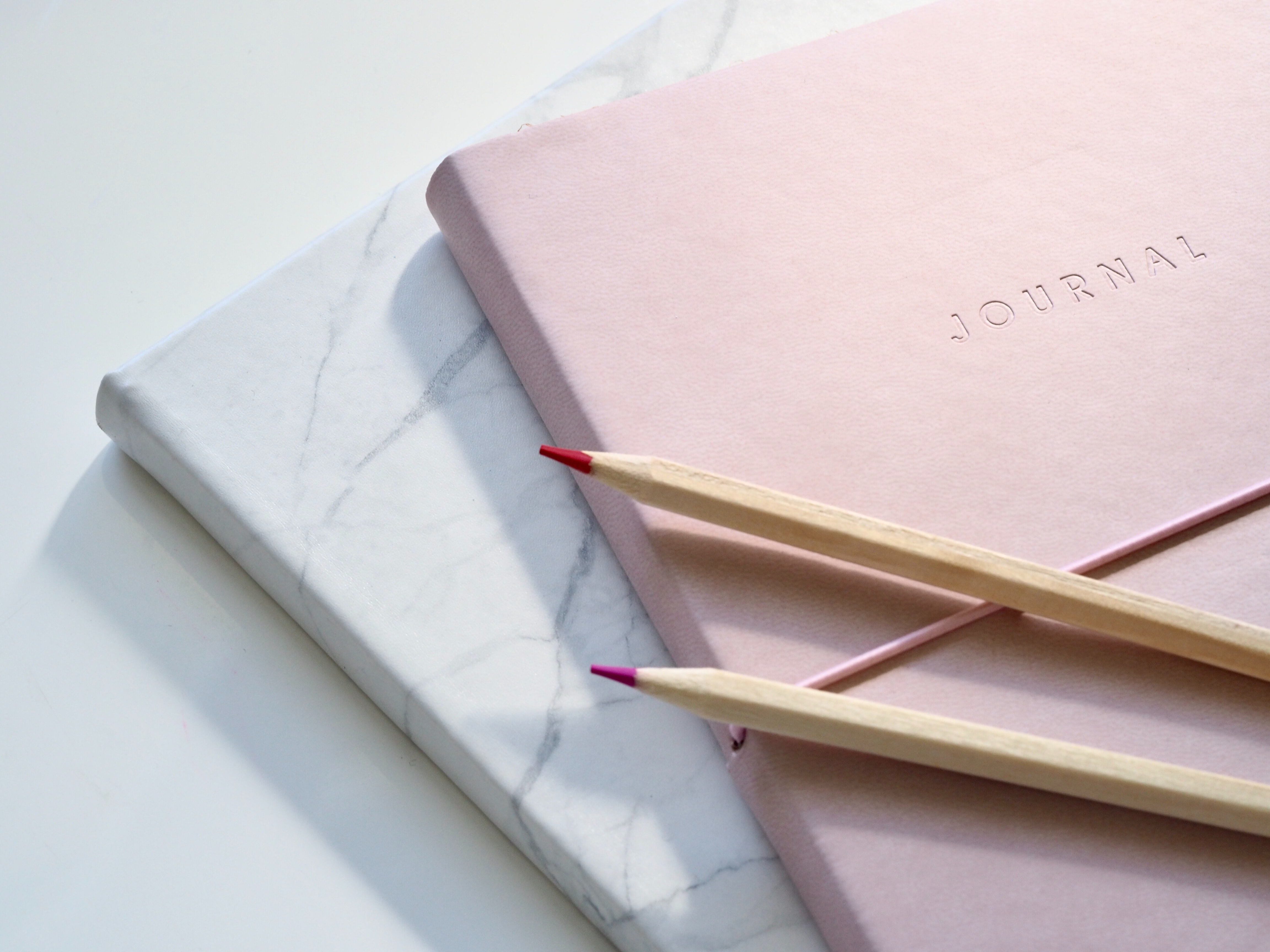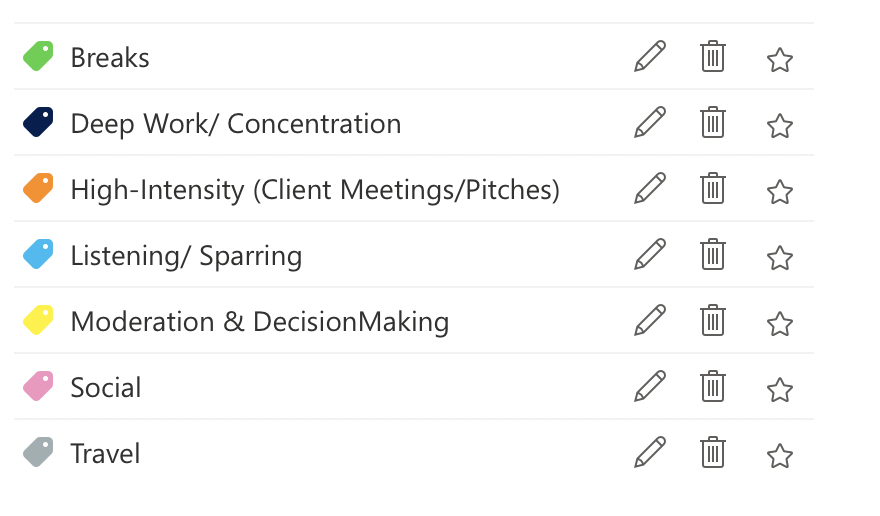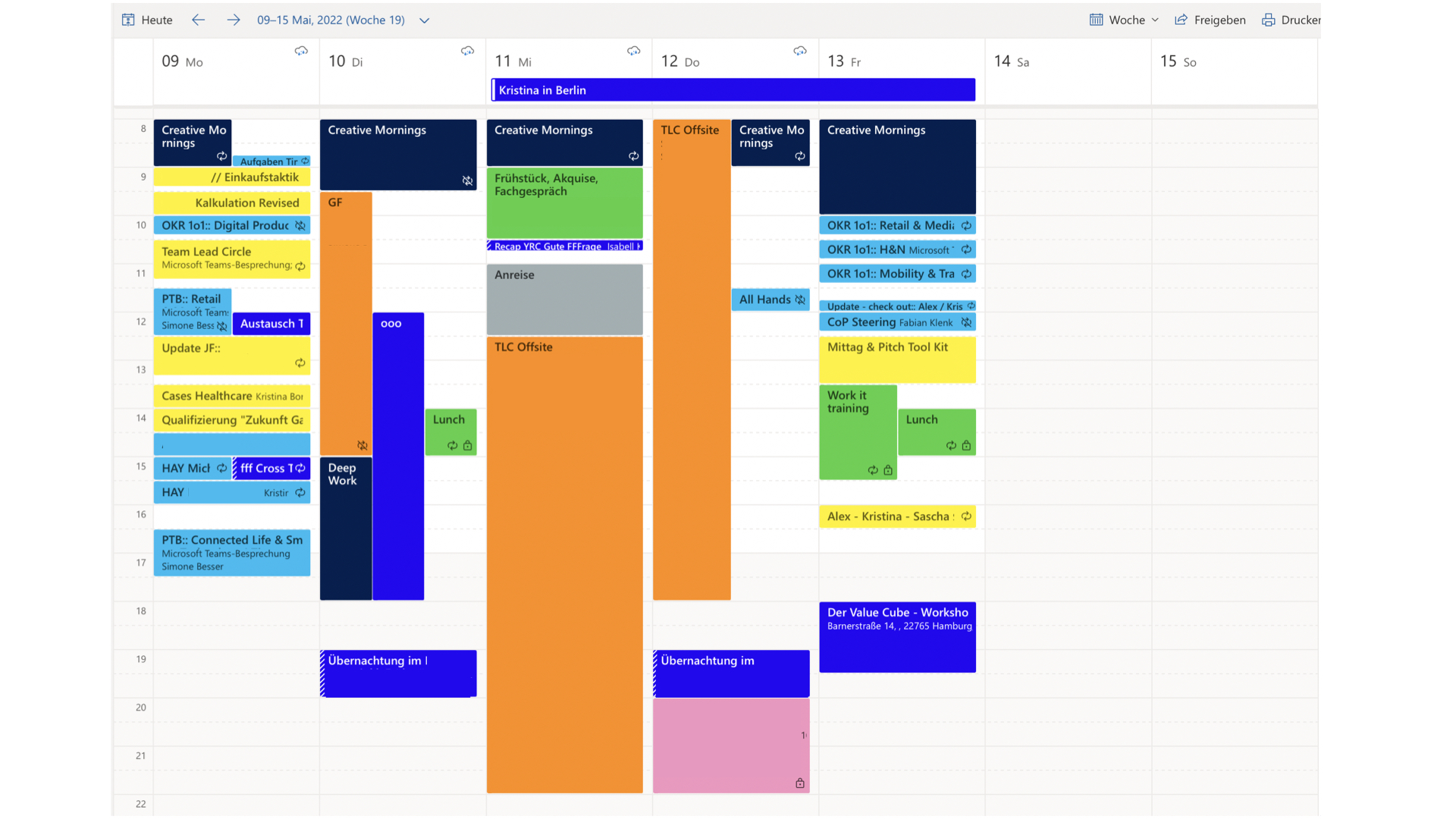Calendaring like a pro

There comes a point in time (at least when you’re part of a medium-sized or large organization) where you wake up one morning and realize you’ve lost control over your calendar. It’s a shitty experience and the first attempt will be to go back to bed and hide. For me it has actually been one of the things that affected me most after stepping into a leadership role. In the good old days, I was able to work how I wanted, mainly in my own pace, having long, free stretches of time with some intermittent meetings that actually constituted a nice break from deep thinking. Nowadays, there were just invites popping up all over the place, to the most inconvenient of times and people seemed to want and need something from me. All. The. Time. It was and sometimes still is horrible. You have the constant impression of getting nothing done. Which is no surprise because if you’re sitting all day in meetings, the actual work has to happen before or after your actual work day.
And this is the moment you start googling for productivity hacks. I’ve tried a lot. Some weird tomato-pomodoro-timer thingy. All of those artificial-intelligence-calendar apps, digital personal assistants, real human being assistants , zero inbox stuff. I could go on and on. And nothing really worked. Because most of the systems tried to turn me into this productivity machine where it’s just a matter of willpower and keeping yourself organized. Well, I’m not, I’m a human being. With moods and limited energy and phases where I don’t get anything done and phases where I don’t feel like getting anything done. Who needs to regularly move in order to think. Who needs to eat when she’s hungry - the alternative being becoming very (!) hangry and turning into Mrs. Hyde. Who has a very polar personality where I swing between enjoying the company of people and being stressed out by it so much I wanna hide in a cellar to finally be alone. And none of those amazing apps considered any of these things. They just made me feel inadequate and gave me a bad conscience about having basic needs in the first place.
What I needed instead was some kind of system that somehow considered by humanness and my personal working flow and accommodated for my needs.
I don’t know what made me draw the parallel but at some point I realized that there actually is one format that does exactly this. Taking into consideration the actual people and the social dynamics of them: Workshops. I know that some people have very strong feelings about workshops (and none of them are positive), because they had to attend so many bad ones and got a good grilling. Weird clapping games straight from kindergarten, no direction, unorganized mess that brings up old memories from horrible group work at school where everybody leaves the room hating each other. The result: At the end you are brain-dead and have lost faith in mankind (womankind or any kind).
My favorite quote was when a former colleague said: oh, workshops. Horrible meetings, but at least with catering. This kinda broke my professional heart. 💔 Because I love workshops. No, let’s refine that: I love good workshops. I’ve designed, facilitated and done roughly more than 237 workshops in my life. So by doing it so often, I got pretty good at designing them and finding ways on how to turn them into big success. Because if done right, you get amazing shit done in a very condensed period of time, you have fun in the meantime and you have this high level of intensity, concentration and sometimes even exhilaration. It’s like a really good workout. In the end, you’re tired, but happy. And this is exactly what I want my work week to look like.
.
My life as a constant workshop
So I started out with the idea of adopting those rules for workshop design to my weekly schedule. And the most important learning for designing really good workshops is:
You don’t manage time but people’s energy.
Or in other words: The scarce resource is not time, but concentration and attention.
-
It’s all about balance:
For every high-intensity phase, you need a relaxing one. For every session that heavily relies on social interaction, you need a cigarette break or space where people can be on their own. For every creative part, you need a passive one, and so on. -
Many breaks. (Self-explanatory.)
-
Clear instructions.
(If the workshop is well facilitated), you always know what is expected from you in the upcoming 30 minutes. Is it a decision, is it a brainstorming, is it just active listening? It’s not left to chance, but made clear from the beginning so people can focus (on the right thing). -
The unexpected is to be expected.
You never plan all of the available time. You actively leave space to cover for the unexpected things that will happen certainly.
And this is exactly how I started planning my work week. I treat every single day as a mini workshop that needs the right balance, leaves breaks, makes it clear for me what is expected of me and plans for surprises. And I don’t need some fancy algorithm or tool, the core idea is dead-simple: Good old color-coding.
.

It lets me see at first glance, how the energy flow of my day looks like and when I have meetings that require high concentration or activity. Whenever a new meeting invite pops up, I shortly think about what it actually requires of me and complement it with meetings that provide balance. Some examples:
- High-intensity pitch on Wednesday morning? → Scheduling more passive meetings in the afternoons, maybe JFs or 1on1s, where my part is to listen.
- Analytical decision-making in the afternoon? → I better go for a walk in my lunch break than sitting down for lunch.
- Mornings are always reserved for deep work and my own stuff, because that’s when I’m most concentrated and creative.
- There are never more than 3 meetings that require active moderation by me, because I know that the later ones will suck.
And so my time table looks like this. A colored flow - balancing my attention, concentration and energy.

Why I like it? It’s super simple. It’s colored. It’s a learning system. The longer I use it, the better I know myself and my needs. Obviously you cannot control everything and that’s also not the point. For me it’s enough to kind of know in advance how the flow of my day will look like. Because it gives me the tools to adjust accordingly and also prioritize my workload beyond meeting attendance.
(Hint: This week has two challenges: too much orange → I need more breaks; it also has too little dark blue → which means I cannot take on many todo’s.)
Probably it doesn’t turn me into a productivity machine. And it also doesn’t lead to me getting done more in terms of quantity. What it does, though, is allowing me to optimize for outcome and making sure that I actually add value to the meetings I attend. It allocates important things to the time when I’m at my best. It keeps my energy levels checked throughout the day. It avoids me having too many socially taxing meetings so I end up acting like a weird person to my colleagues. It gives me the breaks I need.
I feel like I get shit done. Not more, but really good shit. And it feels empowering to put my needs first. The result: I’m in a better mood, feel very relaxed and at the end of the day - tired and happy. Just like after a really good workshop.
